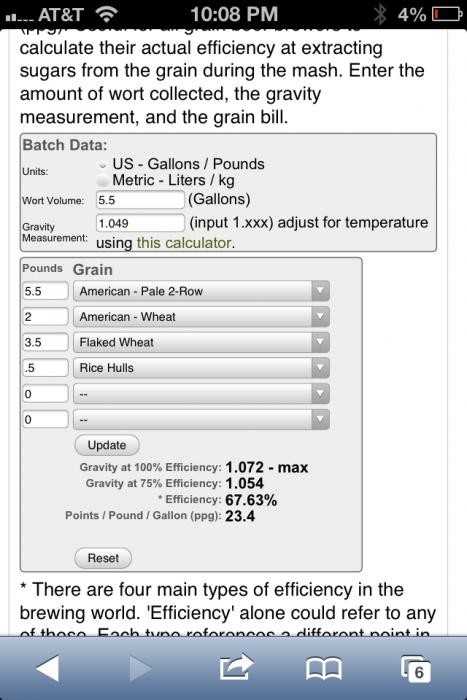The Protein Rest
A rest in the temperature range between 113–138 °F (44–59 °C) has traditionally been called a protein rest. These days, many brewing scientists do not think that much protein degradation occurs during mashing and this is part of the reason that it is left to the maltster. However, it’s worth reviewing the possible enzyme actions that may occur in this range.
There are two specific types of enzymes that were thought to be active in this range — proteinase and peptidase enzymes, collectively known as the proteolytic enzymes.
Proteinase is an enzyme that works on longer-chained proteins turning them into medium length chains. Peptidase enzymes chop up the moderate to short chains and break them down to their component form. Conveniently, these two enzyme groups have slightly different optimal temperature ranges, so you can hypothetically favor one or the other.
Brewers do not want a lot of longer chain proteins in their wort. A high level of big proteins can lead to haze and instability. However, brewers do want medium length protein chains because they are beneficial for a beer’s body and for foam retention. The optimal range for peptidase is between 113–128 °F (45–53 °C) while the optimal range for proteinase is 131–137 °F (55–58 °C). A 15–30 minute hold in the proteinase range was thought to diminish haze, but not negatively impact foam or body.
One important point to note is that the low temperature rests have been found to be more effective with thick mashes. Therefore you may want to mash-in when utilizing these low temperature rests between 0.8–1.0 qts./lb. (1.7–2.1 L/kg). You can then thin the mash with boiling water when raising the temperature to the saccharification rest(s).
Some beta-glucanase activity also occurs in the protein rest range and some brewers perform a “protein rest” for this reason. Unless you have a very good reason — for example, if you know you have a high-protein malt on your hands — avoiding a rest in the 113–128 °F (45–53 °C) range is probably prudent as you will potentially avoid any problems with head retention. When brewing with undermodified malt, you should rest in the 131–137 °F (55–58 °C) range — at a minimum, it will break down some gums.
Whether or not meaningful amounts of protein degradation are occurring in this range, a rest here does affect the quality of your wort. For example, the time and stirring that goes on in a step mash may promote better extraction efficiencies — especially for homebrewers not used to stirring their mashes or those who typically get marginal extraction rates.















































![Craft A Brew - Safale S-04 Dry Yeast - Fermentis - English Ale Dry Yeast - For English and American Ales and Hard Apple Ciders - Ingredients for Home Brewing - Beer Making Supplies - [1 Pack]](https://m.media-amazon.com/images/I/41fVGNh6JfL._SL500_.jpg)











